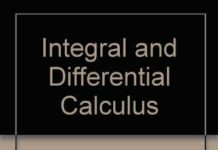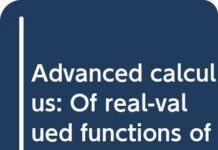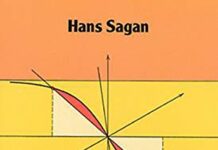
Ebook Info
- Published: 2012
- Number of pages: 480 pages
- Format: PDF
- File Size: 106.58 MB
- Authors: Hans Sagan
Description
“. . . eminently suitable as a text for an introductory course: the style is pleasant; the prerequisites are kept to a minimum . . . and the pace of the development is appropriate for most students at the senior or first year graduate level.” — American Mathematical MonthlyThe purpose of this text is to lay a broad foundation for an understanding of the problems of the calculus of variations and its many methods and techniques, and to prepare readers for the study of modern optimal control theory. The treatment is limited to a thorough discussion of single-integral problems in one or more unknown functions, where the integral is employed in the riemannian sense.The first three chapters deal with variational problems without constraints. Chapter 4 is a self-contained treatment of the homogeneous problem in the two-dimensional plane. In Chapter 5, the minimum principle of Pontryagin as it applies to optimal control problems of nonpredetermined duration, where the state variables satisfy an autonomous system of first-order equations, is developed to the extent possible by classical means within the general framework of the Hamilton-Jacobi theory. Chapter 6 is devoted to a derivation of the multiplier rule for the problem of Mayer with fixed and variable endpoints and its application to the problem of Lagrange and the isoperimetric problem. In the last chapter, Legendre’s necessary condition for a weak relative minimum and a sufficient condition for a weak relative minimum are derived within the framework of the theory of the second variation.This book, which includes many strategically placed problems and over 400 exercises, is directed to advanced undergraduate and graduate students with a background in advanced calculus and intermediate differential equations, and is adaptable to either a one- or two-semester course on the subject.
User’s Reviews
Reviews from Amazon users which were colected at the time this book was published on the website:
⭐I really couldn’t get into this book. And I tried others and they weren’t much better. This just must be a tough subject to write about. It comes across as an applied analysis text at the 1st year graduate level. the problems are sometimes hard to decode; once you know what he’s asking they don’t take much time. but it’s tough to figure out what he’s asking.i’ll keep looking.
⭐I’ve got a couple of texts on Calculus of Variations. The topic is not easy. Sagen’s book is the clearest text on the matter that I’ve encountered
⭐Tried several times to get past the introductory pages but the author apparently enjoys wasting my time instead of getting to the point. Sorry I have better things to do.
⭐A nice book
⭐I really like (“plain”) books that are written in the definition, lemma, proposition, theorem, and examples style. Sagan does enunciate propositions, theorems, etc. but he does that after giving proofs for the things he will state latter. I simple don’t like this style. Another point that I really dislike in Sagan book is the notation. He doen’t change the notation, for instance, when he talks about a function y and the y coordinate. This is a little bit boring. Moreover, the exercises aren’t stated clearly (I always have to look at the text, many pages before the exercise, to know what the exercise demands to be done). Besides this the book is very complete. A good but that could be better.
⭐I used this book as a compliment to a Theoretical Mechanics course. The section on Hamilton’s equations is especially well written. Although probably more mathematically rigorous than anything I needed, the style is so silky smooth that anyone interested in mathematical physics will surely enjoy it. And it will be a surprise for many to find that the “proof” of equivalence between the Lagrangian and Hamiltonian formulations presented in most texts is half incomplete.The book is complemented by good examples, clear notation and quite a number of graphics. Of course, proofs and arguments are absolutely rigorous, but well explained. This is a mathematics text, after all. I strongly recommend it, as well as any other of Sagan’s books.
⭐excellent book
⭐.•:*¨¨*:•.WONDERFUL*¨¨*RECOMMEND*¨¨*SELLER .•:*¨¨*:•.
⭐
Keywords
Free Download Introduction to the Calculus of Variations (Dover Books on Mathematics) in PDF format
Introduction to the Calculus of Variations (Dover Books on Mathematics) PDF Free Download
Download Introduction to the Calculus of Variations (Dover Books on Mathematics) 2012 PDF Free
Introduction to the Calculus of Variations (Dover Books on Mathematics) 2012 PDF Free Download
Download Introduction to the Calculus of Variations (Dover Books on Mathematics) PDF
Free Download Ebook Introduction to the Calculus of Variations (Dover Books on Mathematics)



